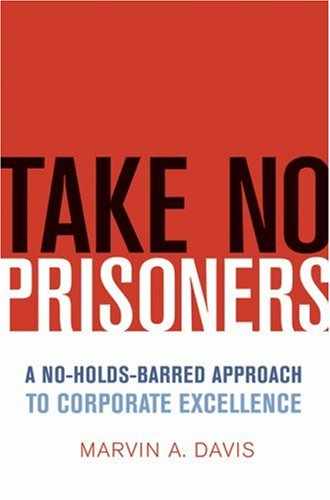If you read and implement no other chapter in this book, make it this one. The reason I place so much emphasis on pricing is that I have never failed to find a pricing opportunity at a client company. It is the single most rapid method of increasing profitability available to a company. The effect on cash flow can be virtually instantaneous, and it does not require a change in manufacturing methods, company structure, or painful cost cutting. If done correctly, it will have little or no effect on sales volume.
The methodology I use focuses on those niches where there is a significant price disparity. For example, most companies raise prices in response to external events such as inflation, fuel increases, and raw-material price increases. These increases are usually “across the board” and often come too late to stay ahead of the cost curve. I propose a completely different approach that reflects the value of each good or service offered.
I warn you as we start on this exercise that the greatest resistance to pricing increases is usually internal rather than from the consumer. Sales people hate it when prices increase, because it causes greater resistance to the sales process. Over the years, I have learned to restrict salespeople’s discretion over discounts dramatically. This is because sales personnel for the most part will immediately move to the lowest price structure available when quoting the customer. I have even found myself giving volume discounts to customers who can never achieve the mandated volume, and I have competed with imaginary pricing in the marketplace.
Across-the-board pricing is difficult to implement because it is obvious; it relies on the competition to follow, if it is to stick, and almost always causes some adjustment in volume. If you are selling a commodity such as wheat or soybeans, pure competitive factors determine pricing, but my methods apply to virtually everything else.
The reason niche pricing is not applied in most businesses is that it takes work, must be utilized often, and takes a real internal “selling” process if it is to be effective.
To find out if a price increase is justified, and to gather the data to convince your skeptics, I suggest that you perform the following two analyses:
Competitive pricing analysis (see Figure 5-1)
Competitive advantages and disadvantages analysis (see Figure 5-2)
The first of these, the competitive pricing analysis, recognizes that the marketplace is the real determinant of the price of a product or service.
In order to get started, you must compare the price of the product or service you offer against the competition’s. You should compare pricing on a product-by-product basis or equivalent service offered with three other competitors’ products. Companies can obtain these data from sales personnel, customers, and distributors. As you can see from Figure 5-1, you need to get not only the selling price of the competitor’s product but also the various discounts competitors may offer. For example:
Is there free freight or is the product free on board (FOB) the plant? In other words, who pays for the freight, you or the customer?
What kind of payment terms are there, and is there an early payment discount?
Is there a volume-discount structure?
Is there a cooperative-advertising allowance or shelf-space allowance?
Is there a warranty on the product or service, and what is its value?
Are there any other discounts to pricing?
Your product may have the highest list price but due to various discounts may have the lowest net price.
I have also included a column in Figure 5-1 for cost. You may have to guess a competitor’s cost, but doing so accomplishes two things:
It may indicate whether your cost structure is out of line compared with the competition.
It may identify products or services that are losing money.
Cost should never be a determinant in setting price; the marketplace is the sole determinant.
“Now,” you might say, “I’ve got 500 or 1,000 different items [stock keeping units—SKUs] that I offer, and this exercise will take forever to do!” In most instances I have been able to perform this analysis within four weeks, no matter what the size of the company. Obviously I start with the highest volume and profit contributors first and work my way down to lower-volume products. In one company, I had over 32,000 SKUs to analyze and we performed the task in three weeks.
The second part of the analysis is equally important, and that is an analysis of the advantages and disadvantages of the products.
How many times have you had a sales manager tell you that you must meet a competitive bid that is ridiculously low, and investigation of what is being offered you finds that the competitor’s product is made of plastic, has less than half the features of your product, and offers no warranty, whereas your product is made of stainless steel, is full featured, and has a one-year warranty? When performing the analysis shown in Figure 5-2, you must be brutally honest with yourself and measure the true advantages of your product or service compared with others.
Having done the analysis, you are now ready to look at niche pricing and those spots within the spectrum of your pricing where you are not achieving payment for the true value of the product or service offered to the customer.
